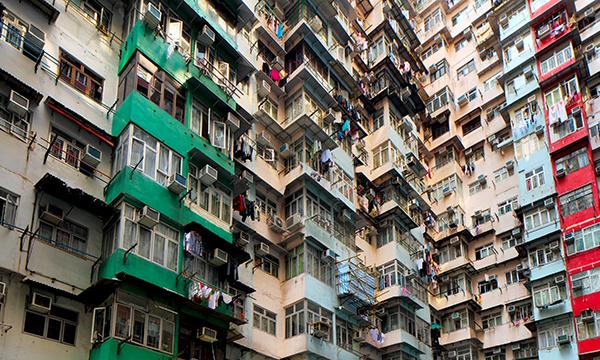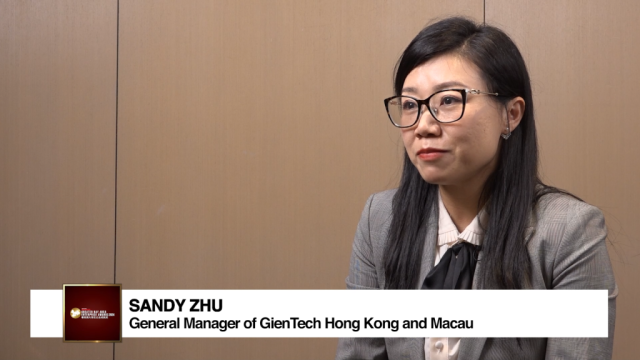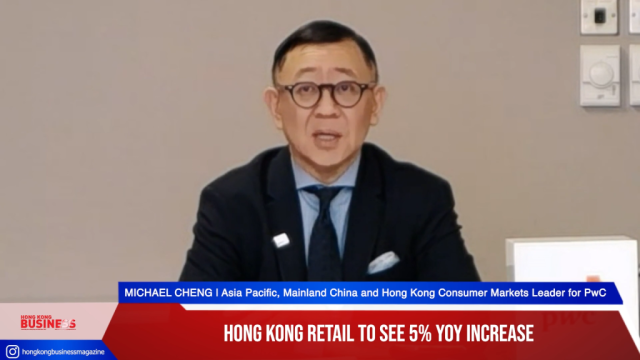
No chill: Property prices will go up and up
Only 1 in 10 or 11.5% of total households will be able to afford an average private housing by 2019.
Continuously sky-rocketing property prices in Hong Kong brought a trend in 2017 that is expected to persist in the next years: the popularity of the nano flats or residential spaces that is atleast 60 sq ft in floor area—the smallest since 2001, according to JLL research.
David Ji, Knight Frank’s head of research and consultancy for Greater China noted that Hong Kong will see flats get smaller and smaller in the coming years. Daniel Shih, director of research for Colliers International shared the same sentiment. “The supply of nano flats will remain popular with a rising property price. Property price lower than HK$5m will still be the most affordable to home buyers, which indicates that a flat unit size has to be under 250 sq ft.
Developers will continue to push smaller size units to the market,” he said.
In a report by Deutsche Bank in June, forecasts outline that only about 11.5% of total households in Hong Kong will be able to afford an average private housing by 2019 from the current level of 16.9%, and coupled with the upcoming rate hikes in the horizon, overall affordability of residential properties in Hong Kong may worsen, with average selling price to decline by 48% over the 2017-2026 period to restore the supply and demand equilibrium.
Need for reforms and regulations
But whilst there is acknowledgment of the continuously rising prices of property developments in Hong Kong, industry experts sharing their views were confident that the Government of Hong Kong have a plan in place to institute reforms and regulations, as well as detailed precautionary measures for all stakeholders—realtors, regulators, financiers, and buyers—to implement.
Ji shared that whilst the Hong Kong property market is heating up fast, more land supply from the government and more market reforms will be tabled from the state to cool the market and manage asset risks and bubble fears. “In the office sector, investors will continue to look for value-add opportunities as it is getting more difficult to underwrite core asset under the current depressing yield environment,” Shih explained.
Repositioning of Grade B office in core and fringe central business district areas in Hong Kong Island by upgrading building specifications, or in collaboration with coworking operators, to rebrand a lower grade office building to improve its tenant profile may likely provide a template for a degree of success in increasing asset value within a short period, Shih noted.
Construction activities will pick up as well to meet with an increasing housing supply target for the coming years. “The return of Chinese tourists to Hong Kong will boost [the] wholesale and retail sectors in 2018, which has been the weaker link of the economy in the past few years.” he said.
Driving a portion of the growth of Hong Kong’s property sector over the last few years are investors and money coming from mainland China. JLL research, for instance, reckons that mainland Chinese companies will remain as the most active tenants in Central’s Grade A office market and will be the key driver of growth over the next 20 years if recent numbers are to go by.
For example, about 50% of all new lettings—in terms of floor area leased—in Central arose from mainland Chinese companies’ demand this year. Knight Frank’s Ji noted that the largely positive outlook for Hong Kong’s economy will permeate in majority of the territory’s sectors—including the property market—because of the stable growth of the Chinese economy and the expectation of the relatively small increase in US interest rates.
This sentiment is echoed by Marcos Chan, CBRE Asia Pacific’s head of research for Hong Kong, Southern China, and Taiwan, when he said that Hong Kong’s fundamentals will continue to improve with the retail and tourism markets stabilising, and the warming economic relations between China and the US, although comparative growth for the territory’s economy may still fall below the figures set this year.
Property rising stars
In terms of the specific sectors in the property industry, Ji said the luxury residential sector will likely see the most resilience to any external factors in the next 12 months. “This is especially the super luxury end as it is not prone to general economic condition changes,” he said. Performance figures in this segment over the past months also paint a hearty picture, which may likely spill over the next year. For instance, luxury transaction volumes in Hong Kong Island and Kowloon as well as in the New Territories reached 202 and 269, respectively, in the second quarter of 2017—representing a 44% and 55% quarter-on-quarter increase.
Strong demand from Mainland China is projected to drive upward pressure on prime residential prices by as much as 7% next year, according to Knight Frank’s prime global residential forecast. Hong Kong, in particular The Peak, is expected to post the strongest growth amongst major Asian urban markets for the next year.
The Peak is the city’s most exclusive neighborhood and popular tourist attraction for its cityscapes. Colliers’ Shih, meanwhile, said that there is also a cause for optimism about the office and industrial property markets’ performance in the next 12 months given both segments’ popularity to Chinese buyers and developers in Hong Kong.
“Although the office price has increased by 10.6% during the first three quarters of 2017, it remains the most popular category to investors,” he said. “With recent large en bloc transactions involving Chinese companies, we will likely see more office investments by the Chinese in 2018.” Shih added that industrial property will continue to attract more interests following the Government of Hong Kong’s revitalisation scheme of industrial buildings, which is expected to be ready by 2018 and will likely increase significant interest in the segment. In terms of rates, he said prices will increase moderately as Hong Kong continues to enjoy a negative real interest rate in 2018, with Ji seeing rents in core office areas increasing by 3% to 5% next year.
For Chan, supply and demand movements will likely stay within manageable metrics for the residential segment, with prices expected to increase by 5%. “End-user demand will continue to support prices, whilst new supply is going to stay limited relative to demand,” he said.
For the commercial space, new supply in decentralised submarkets will take time to be absorbed, with vacancy in these decentralised submarkets set to climb, according to the CBRE official. Chan added that rental pressure is expected to be seen mainly in decentralised submarkets and prime office buildings in the core locations will continue to be sought after by investors, with office rental rates for central business district developments increasing by as much as 10% next year.






















 Advertise
Advertise









